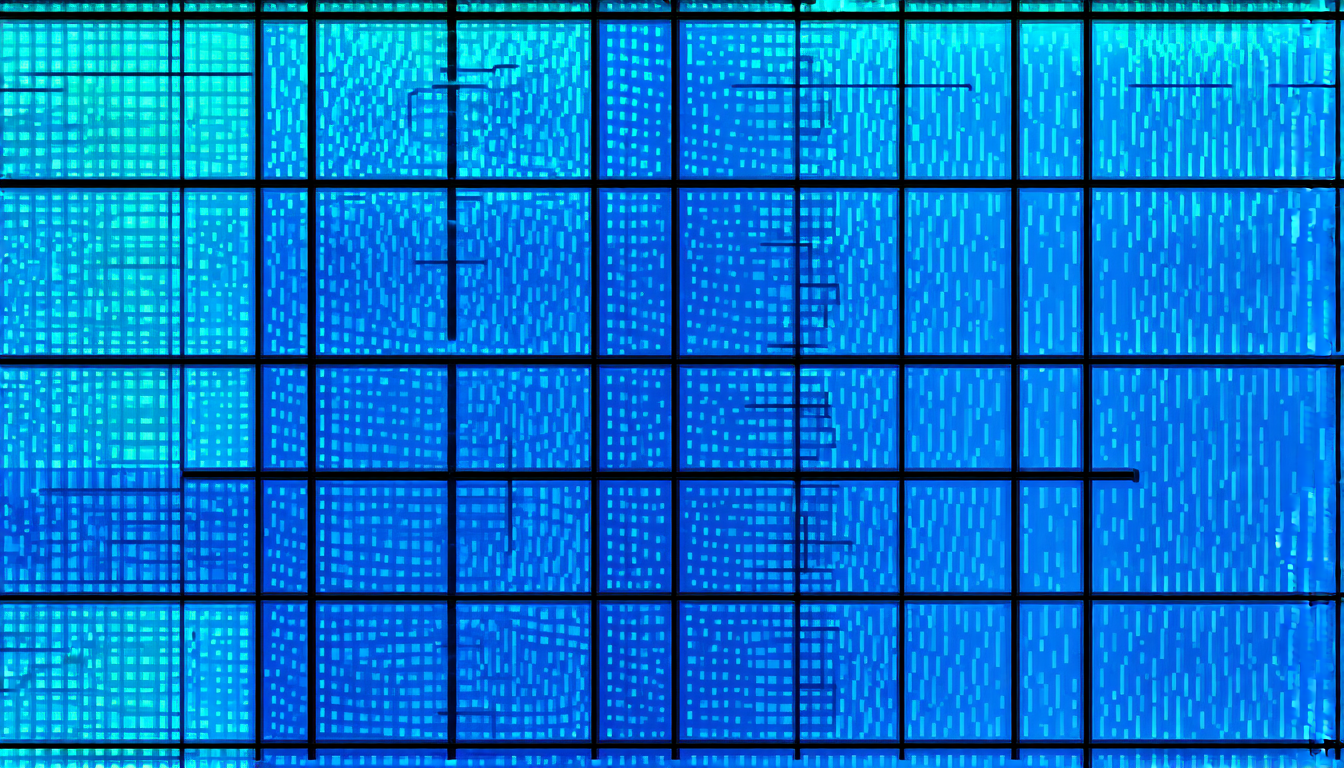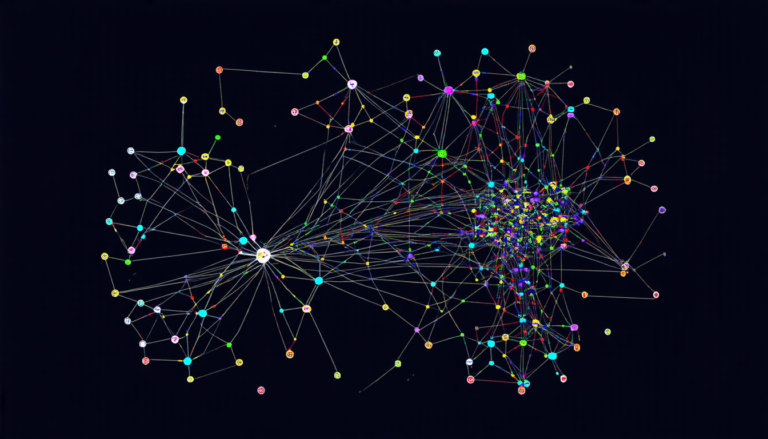Friday 05 September 2025
A team of researchers has made a breakthrough in solving Sudoku puzzles using Oscillatory Neural Networks (ONNs). These networks are inspired by the natural dynamics of coupled oscillators, which have been shown to be effective in solving complex problems.
The researchers created a network of oscillators, each representing a cell in the Sudoku grid. The phases of these oscillators were used to encode the possible values for each cell. The oscillators were then connected according to the rules of Sudoku, with known values serving as anchors to guide the synchronization process.
The team found that their ONN-based approach was able to solve 57.5% of 9×9 Sudoku puzzles with up to 20 unknown cells, outperforming a traditional Hopfield network in these cases. While the performance dropped off for more difficult puzzles, the ONN still managed to produce partial solutions.
The beauty of this approach lies in its ability to handle complex constraints in parallel, without relying on discrete logic or explicit rules. The oscillators’ phases are able to adapt and adjust to the problem at hand, much like our own brains do when solving problems.
This research has significant implications for the development of novel computing paradigms that can tackle complex constraint satisfaction problems. The authors suggest that ONNs could be used in a wide range of applications, from image recognition to optimization problems.
One potential application is in the field of neuromorphic computing, where ONNs could be used to develop more efficient and scalable solutions for real-world problems. By leveraging the natural dynamics of coupled oscillators, these networks could potentially solve complex problems in a way that is both elegant and effective.
The researchers’ results demonstrate the potential of Oscillatory Neural Networks as a promising approach for solving Sudoku puzzles and other constraint satisfaction problems. As we continue to push the boundaries of artificial intelligence and computing, this breakthrough serves as a reminder of the importance of exploring novel paradigms and harnessing the power of natural dynamics.
Cite this article: “Solving Sudoku with Oscillatory Neural Networks”, The Science Archive, 2025.
Sudoku, Oscillatory Neural Networks, Onns, Hopfield Network, Constraint Satisfaction Problems, Neuromorphic Computing, Artificial Intelligence, Complex Problems, Parallel Processing, Novel Paradigms.







